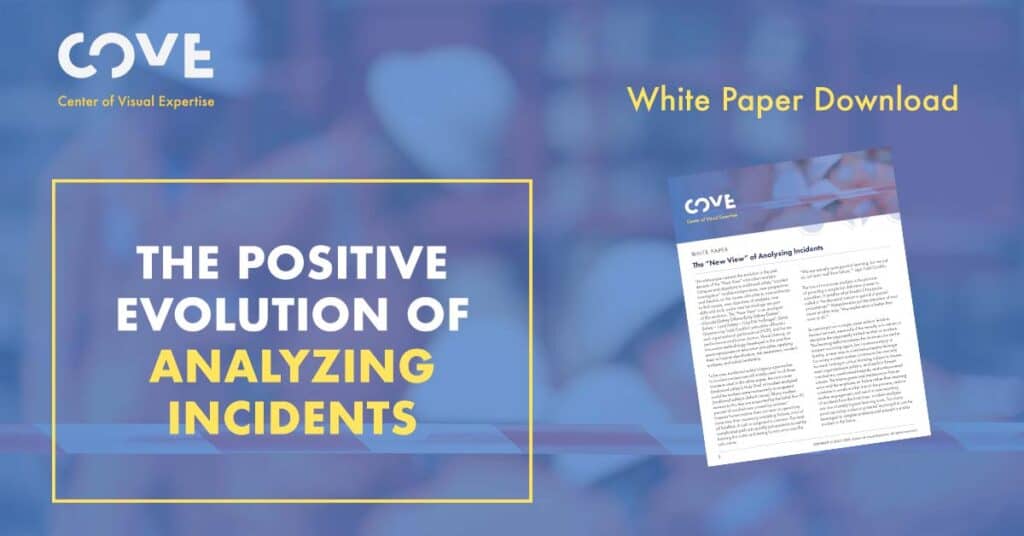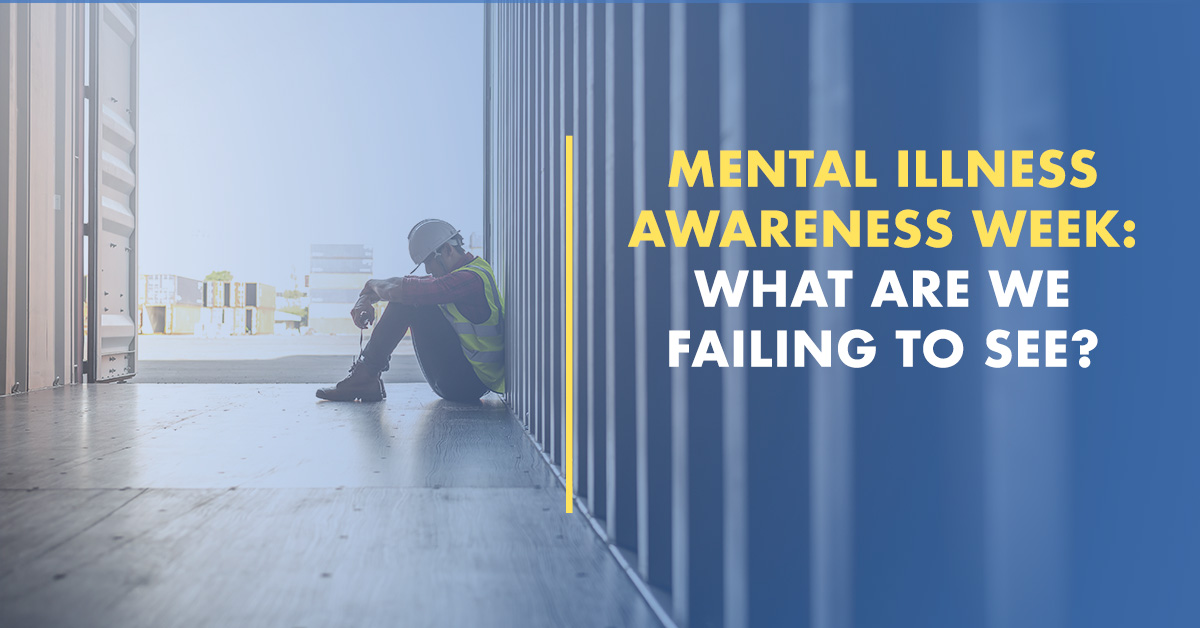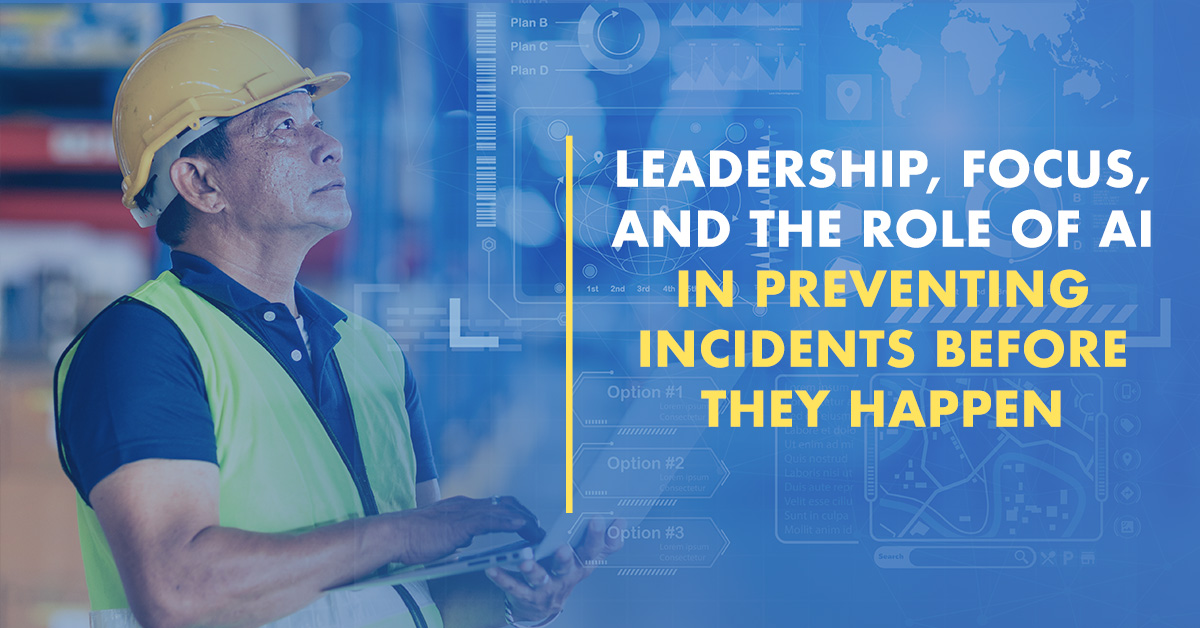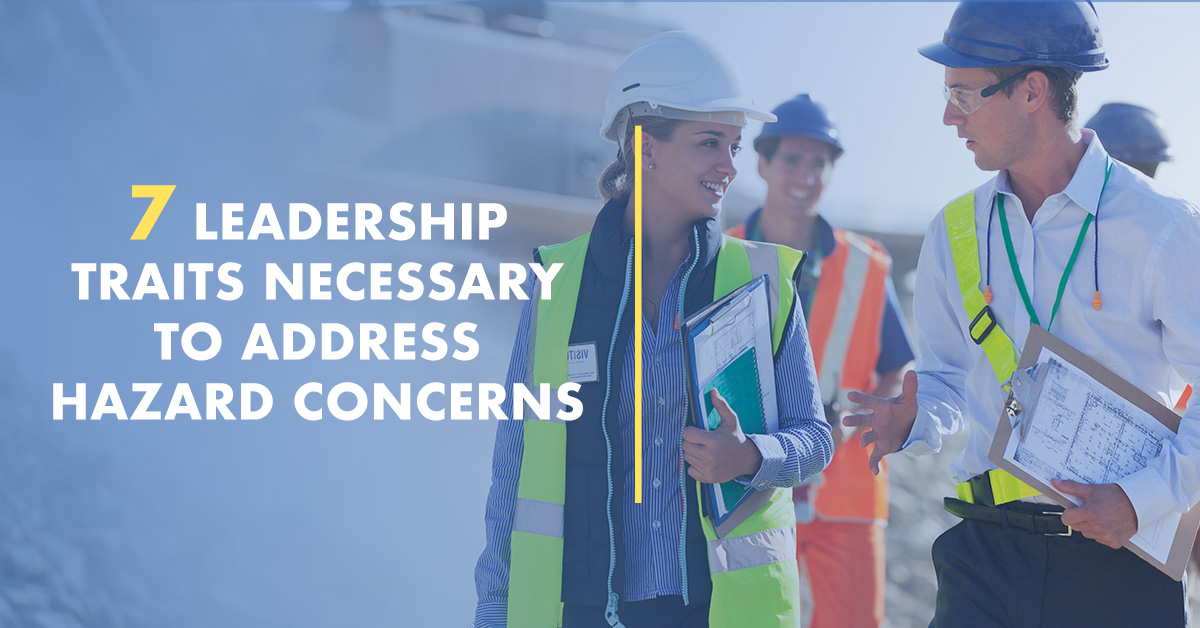The age-old accident investigation, now almost universally known as an incident analysis or review, is one of an organization’s primary safety learning tools. But the potential to learn from near-misses, damage to plant property, minor injuries, serious injuries and fatalities is not always realized.
Incidents carry the baggage in many organizations as representing failure. And human nature does not like to dwell on failure. There are exceptions. Large-scale tragedies that rock a workforce and national catastrophes such as the Deepwater Horizon explosion or the space shuttle disasters demand answers.
Almost no incident analysis runs seven volumes, with volume one alone taking 248 pages, as was the case with the Columbia findings. Many analyses, especially of near-misses and minor injury cases, are often given a short-shrift due to lack of time and resources. Serous injuries and fatalities are often more thoroughly probed and assessed. The price paid is too high. The causes must be discovered and corrected to ensure that price is never paid again.
Obtaining reliable conclusions that can be acted upon to reduce risks and improve safety performance can face hurdles that will be examined in this white paper. Not seeing hazards that should have been uncovered, biased thinking that skews perspectives, a lack of critical questioning and thinking, and poor descriptions and communication of causes and potential solutions are some of the barriers.
In the past 5-10 years new theories and practices, such as applying Visual Literacy to achieve closer, more detailed observations and interpretations without bias or a rush to judge, have removed the cloud of gloom and failure over incidents. Organizational-wide learning is now a reality due to data analytics, improved surveillance and sensors, and new methodologies to capture visible evidence and hidden causes.
Our latest white paper “The New View of Analyzing Incidents” will discuss the positive evolution of analyzing incidents producing widely disseminated lessons learned, more hazards identified and abated, and improved safety and health performance.
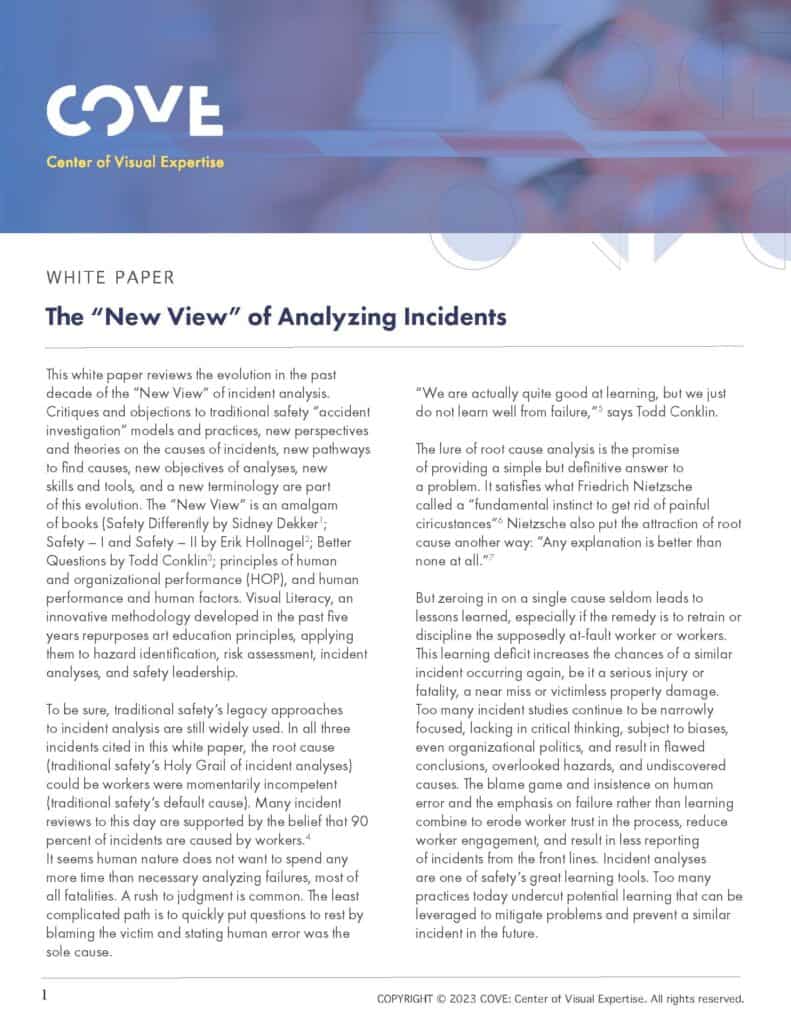
Gain valuable insights into COVE’s Visual Literacy approach by downloading our exclusive white paper “The New View Of Analyzing Incidents.”
